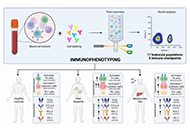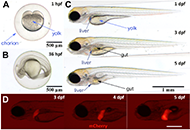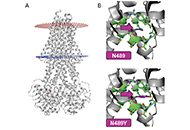3 results in Exploration of Digestive Diseases
Latest
Sort by :
- Latest
- Most Viewed
- Most Downloaded
- Most Cited
Open Access
Review
Immunophenotyping to improve the mechanistic understanding of idiosyncratic drug-induced liver injury: clinical implications and future directions
Alejandro Cueto-Sánchez ... Marina Villanueva-Paz
Published: April 26, 2023 Explor Dig Dis. 2023;2:56–76
This article belongs to the special issue Drug-induced Liver Injury: From Bench to Clinical Application

Open Access
Review
Zebrafish as a model for drug induced liver injury: state of the art and beyond
Gulcin Cakan-Akdogan ... Ozlen Konu
Published: April 26, 2023 Explor Dig Dis. 2023;2:44–55
This article belongs to the special issue Drug-induced Liver Injury: From Bench to Clinical Application

Open Access
Case Report
Diagnostic workup of suspected hereditary cholestasis in adults: a case report
Carola Dröge ... Verena Keitel
Published: April 21, 2023 Explor Dig Dis. 2023;2:34–43
This article belongs to the special issue CHOLESTASIS

Journal Information